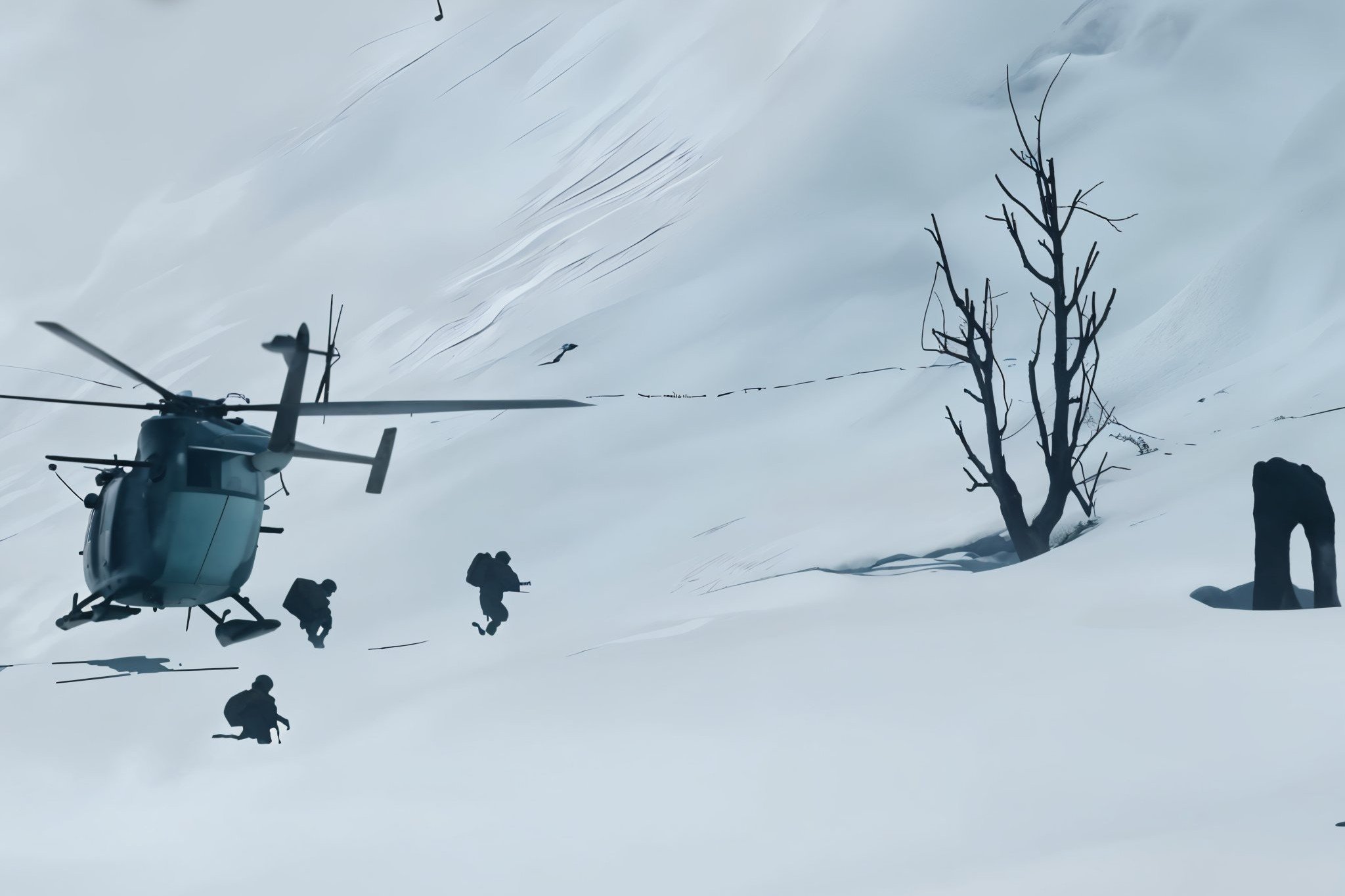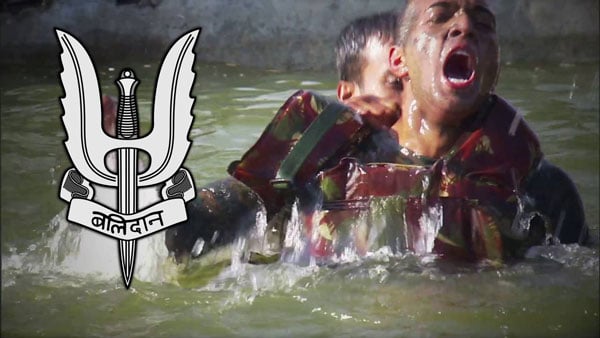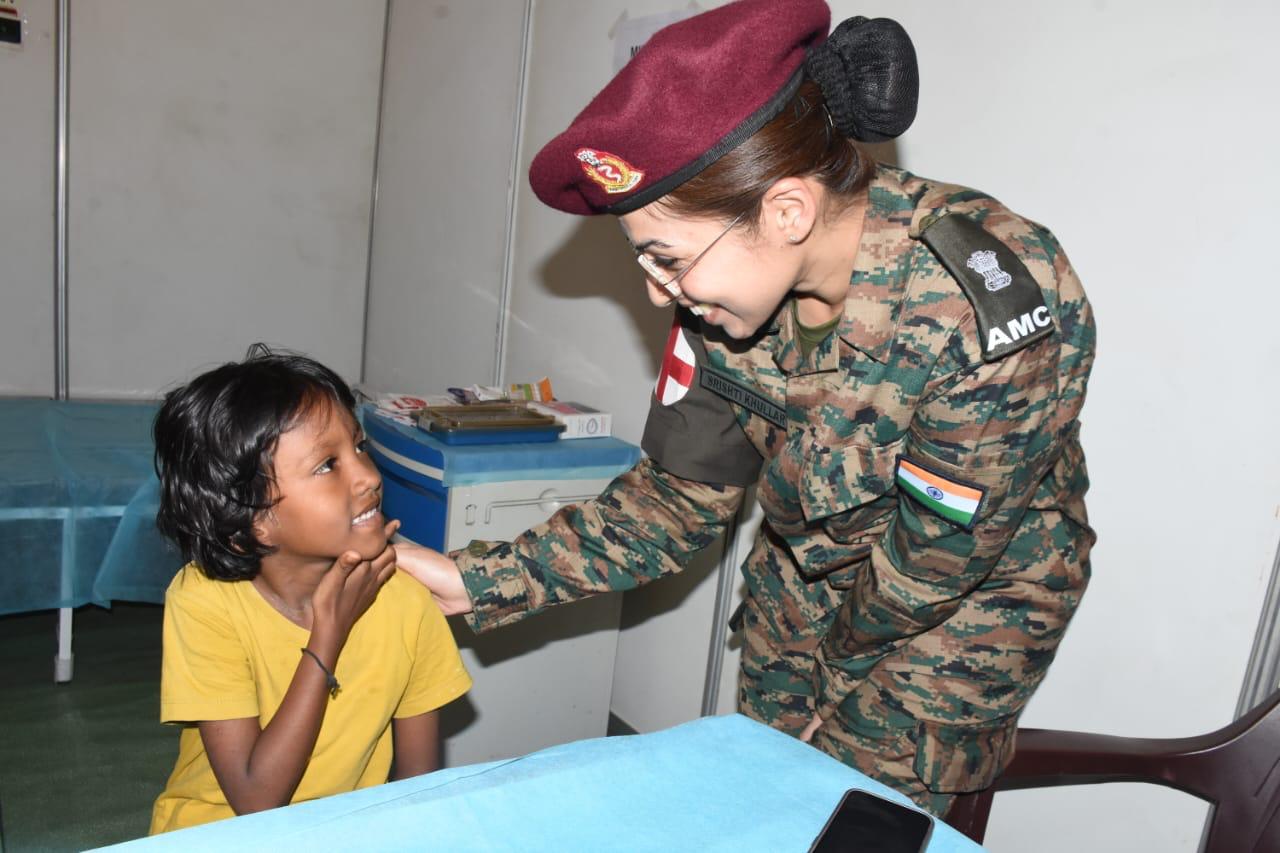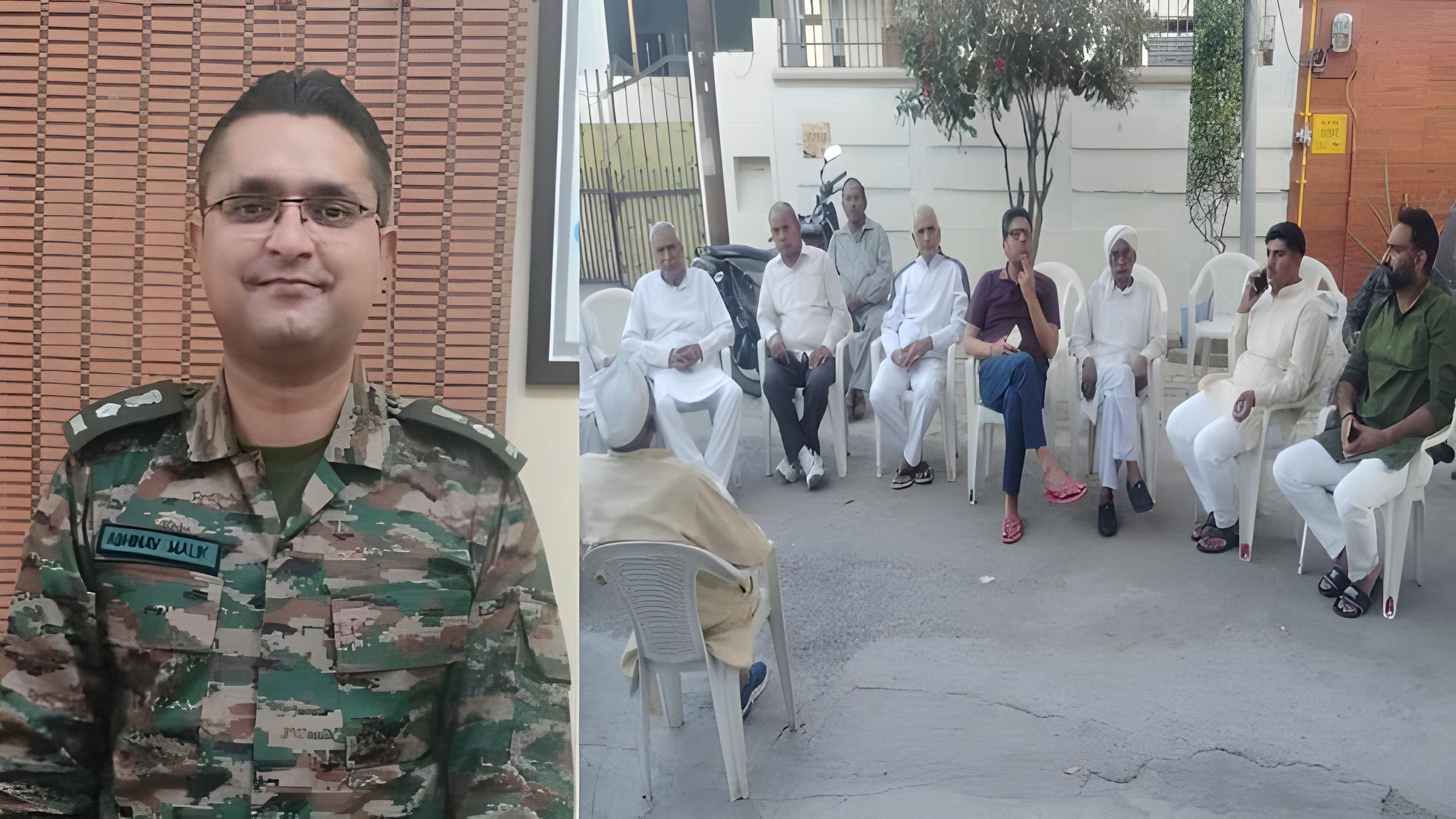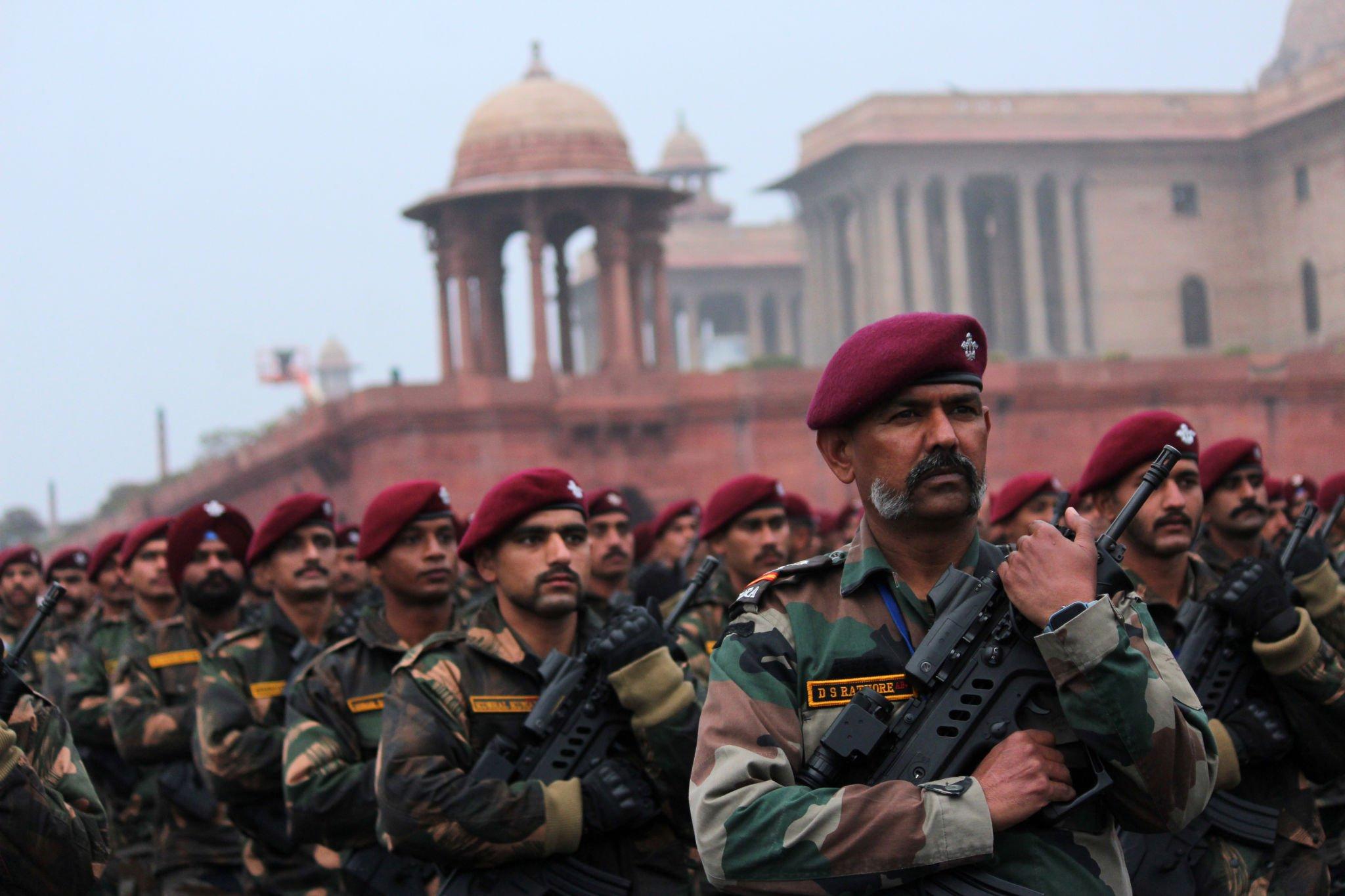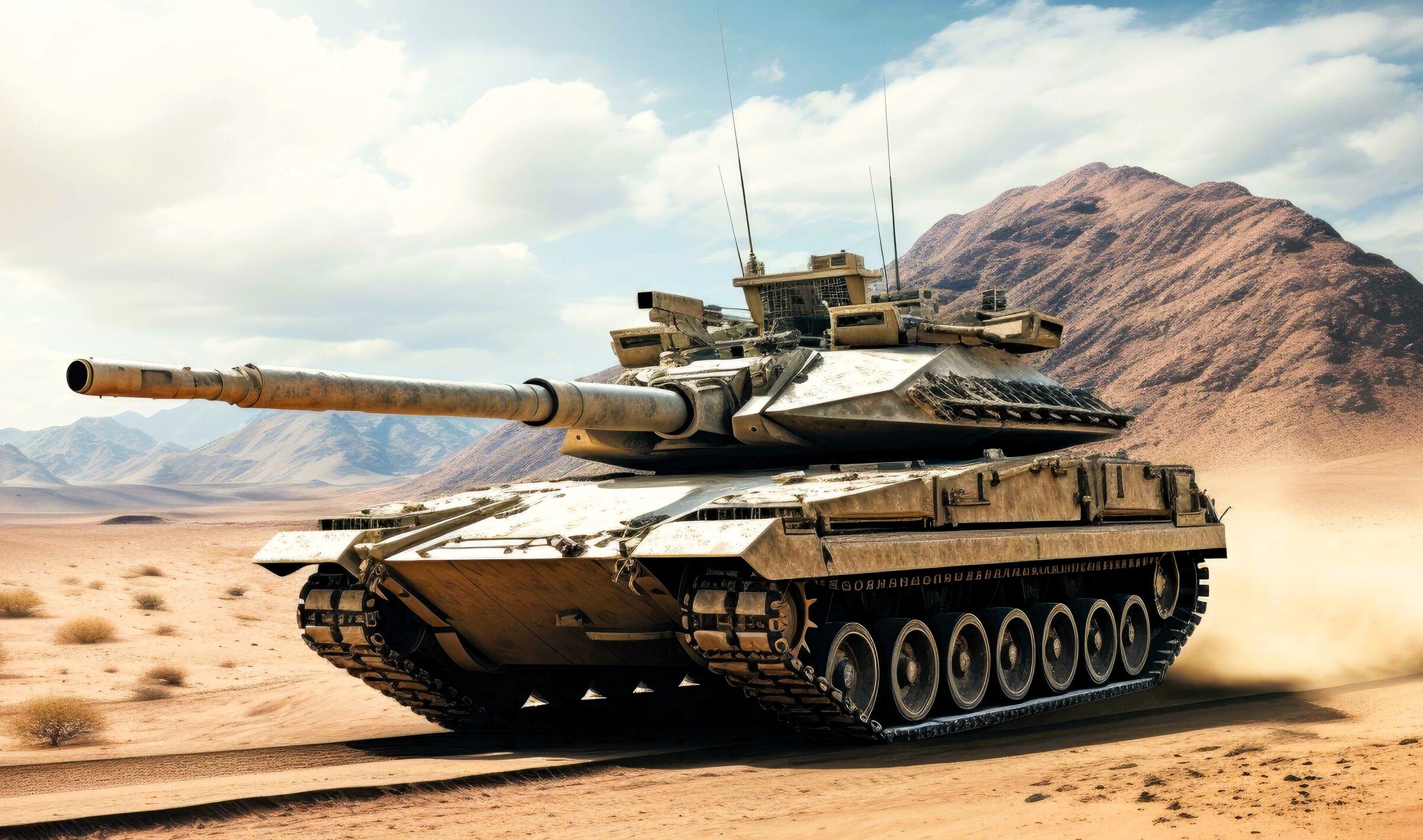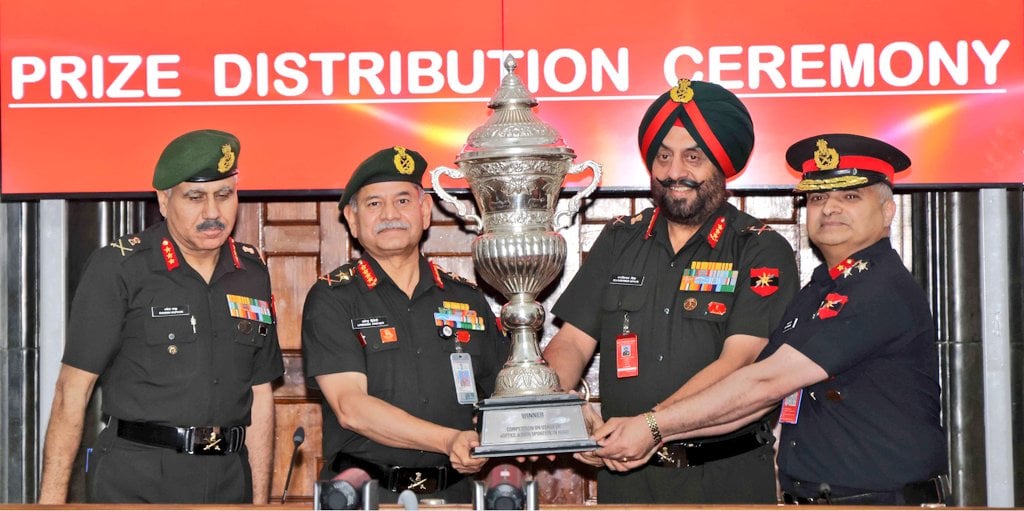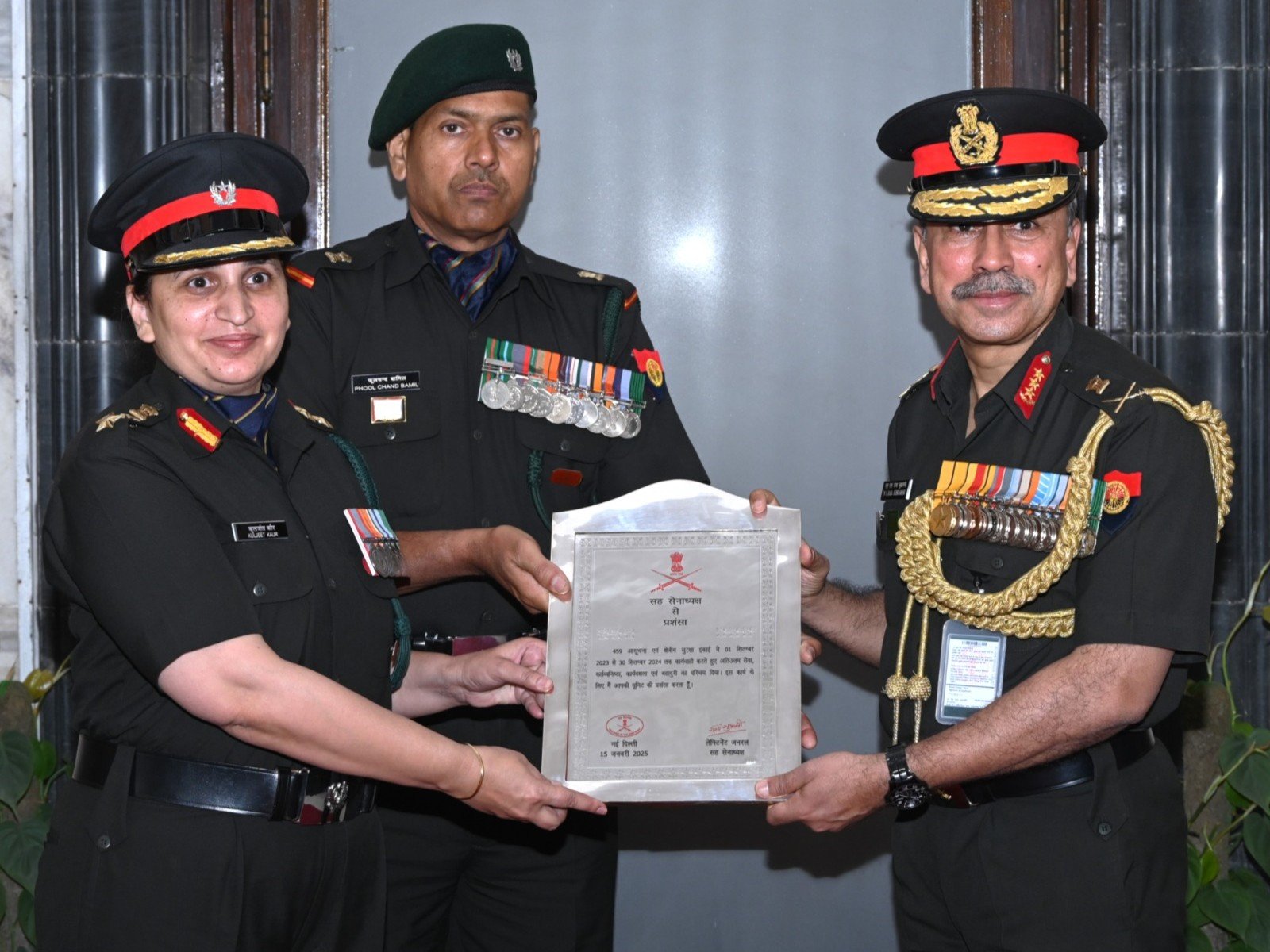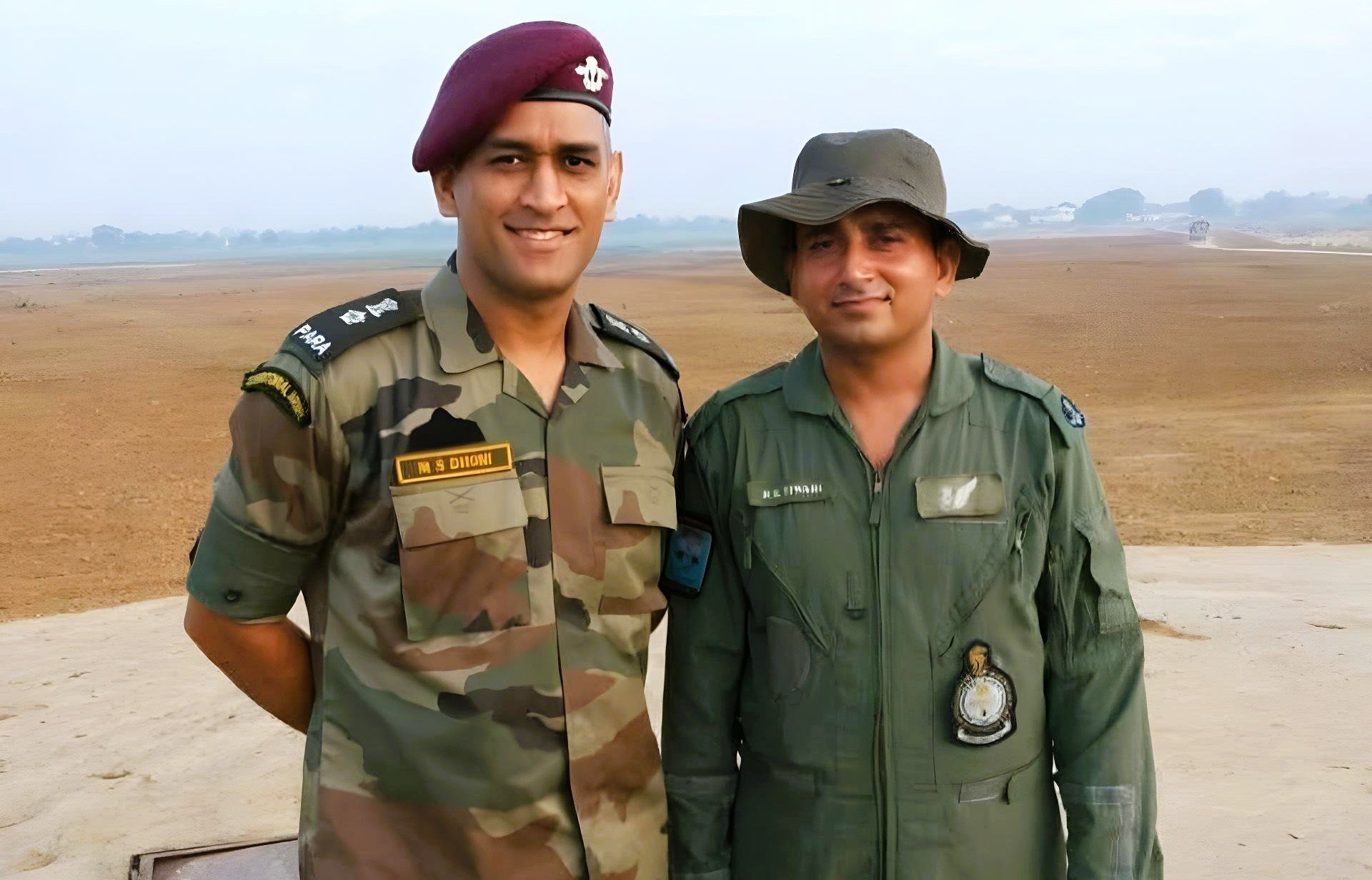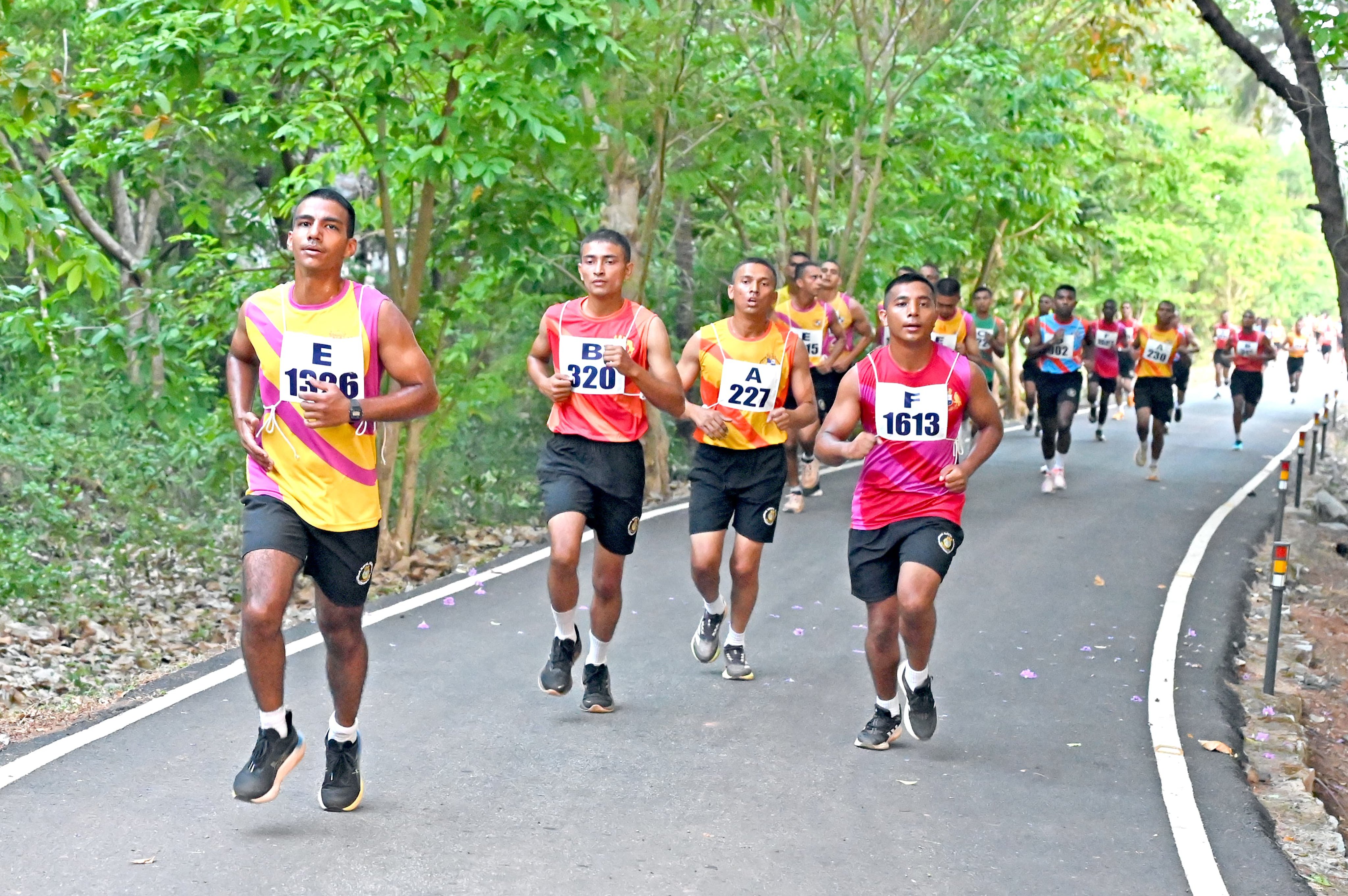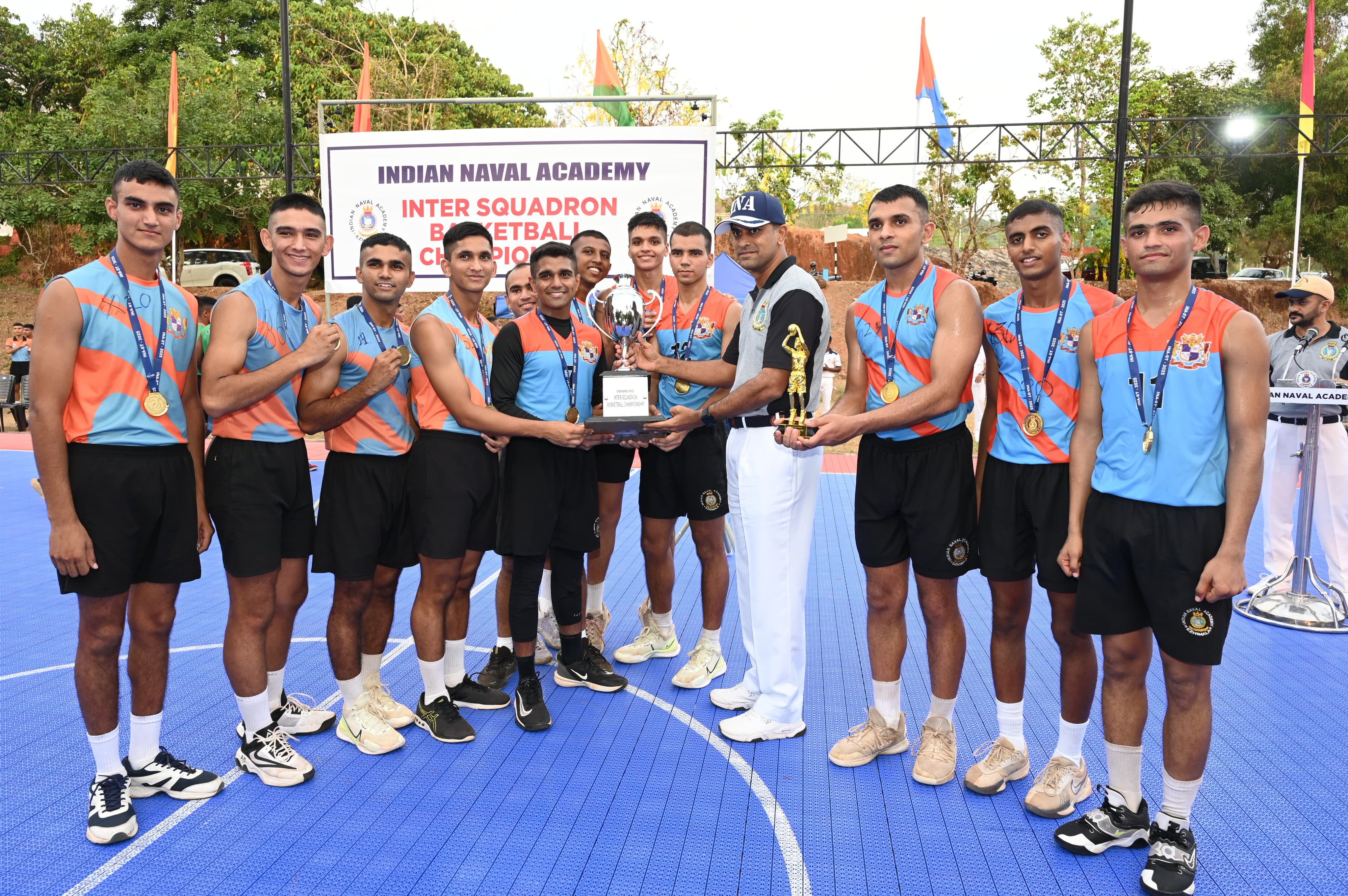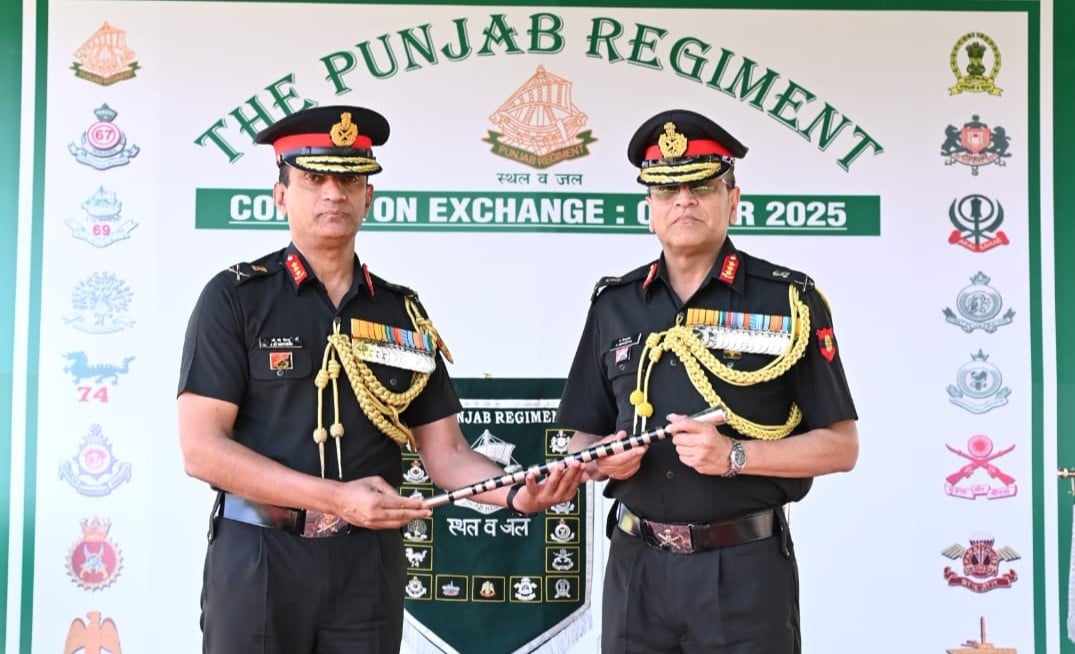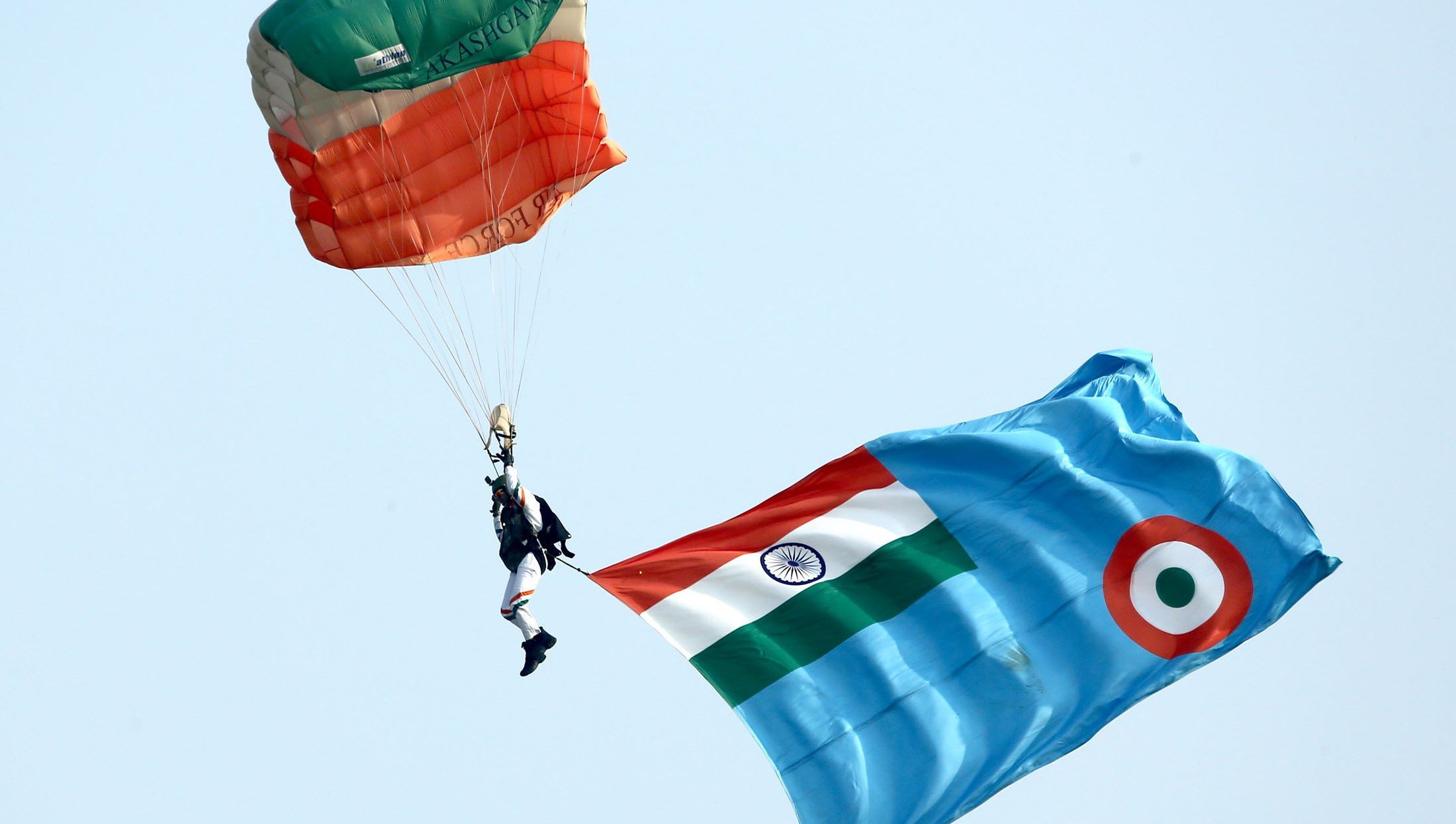Hello, Warriors! Company Quarter Master Havildar Abdul Hamid, a PVC awardee for his bravery in the 1965 Indo-Pak war, was born on 1 July 1933 in Dhamupur village of district Ghazipur in Uttar Pradesh. His father was a tailor by profession and Hamid would often help him stitch clothes before he decided to join the Army. Even as a child, he was no stranger to the traditions and rigours of army life. His father was Lance Naik Usman Farooqi.
A soldier in the 4th Grenadiers of the Indian Army, he destroyed 7 Patton tanks of the enemy and went down fighting in the Khem Karan sector during the Indo-Pakistan War of 1965.
In 1965, when war broke out between India and Pakistan, Abdul Hamid had already completed ten years of service in the Indian army and won the Saniya Seva medal, Samai Seva medal and the Raksha medal.
The enemy’s offensive was aimed at Aknoor in Jammu. Their goal was to cut off communication and supply routes to the Indian forces on the border of Jammu and Kashmir. The 4th Grenadiers occupied a vital area near Chima village on the road to Khem Karan. Firm hold of this area was essential for the Indian plan of defence. On September 10, 1965, the enemy made repeated attacks on the Grenadiers’ position, but was repulsed each time. The most serious assault came when the enemy advanced with a regiment of Patton tanks. So intense was the attack that a shell littered every yard of ground occupied by the Indian battalion. Hamid was in command of a recoilless gun detachment. He moved out to a flank with his gun mounted on a jeep.
Intense enemy firing did nothing to deter him. From his new position he knocked out the leading tank with accurate fire. Then changing position, he disabled another. By now the enemy had spotted him and employed machine guns and explosives to bring him down. As he hit another enemy tank, he was mortally wounded by a high explosive shell.
Throughout this blistering attack, he had inspired his comrades to put up a gallant fight. The enemy was routed. They never made it past Khem Karan. Approximately 97 Pakistani tanks were destroyed or abandoned during this battle.
Abdul Hamid did not live to see the next day or share in the joy of victory that came after three days of intense fighting. He was awarded the highest military honour, the Param Vir Chakra, posthumously. His citation gives him credit for destroying three tanks. He had in fact destroyed seven.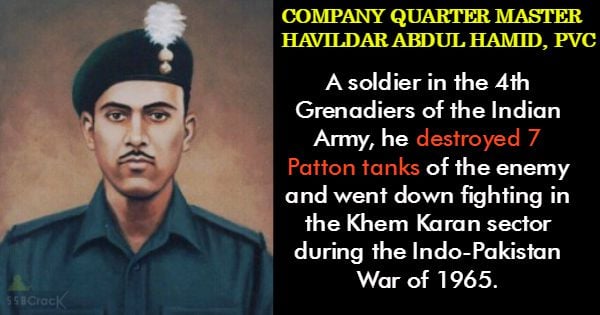
Very few are probably aware that the intrepid social activist, Anna Hazare, was present and active during this period of valour and glory. A comrade of Abdul Hamid, his assignment was to carry firearms and bombs to the border. In the fierce engagement, all his fellow-soldiers became martyrs. Anna Hazare was the only survivor. It was an experience that affected him profoundly, making ‘Service to the Nation’ the moving force of his life.
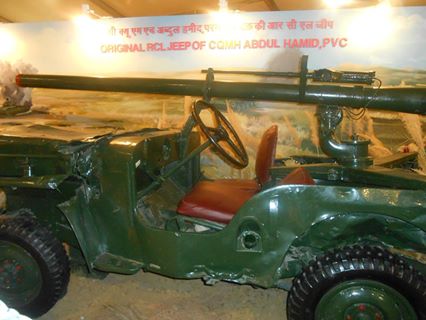
The PVC citation awarded to CQMH Abdul Hamid read:
CITATION
COMPANY QUARTERMASTER HAVILDAR ABDUL HAMID
4 GRENADIERS (NO 2639985)
At 0800 hours on 10 September 1965 Pakistan forces launched an attack with a regiment of Patton tanks on a vital area ahead of village Cheema on the Bhikkiwind road in the Khem Karan Sector. Intense artillery shelling preceded the attack. The enemy tanks penetrated the forward position by 0900 hours. Realising the grave situation, Company Quartermaster Havildar Abdul Hamid who was commander of a RCL gun detachment moved out to a flanking position with his gun mounted on a jeep, under intense enemy shelling and tank fire. Taking an advantageous position, he knocked out the leading enemy tank and then swiftly changing his position, he sent another tank up in flames. By this time the enemy tanks in the area spotted him and brought his jeep under concentrated machine-gun and high explosive fire. Undeterred, Company Quartermaster Havildar Abdul Hamid kept on firing on yet another enemy tank with his recoilless gun. While doing so, he was mortally wounded by an enemy high explosive shell.
Havildar Abdul Hamid’s brave action inspired his comrades to put up a gallant fight and to beat back the heavy tank assault by the enemy. His complete disregard for his personal safety during the operation and his sustained acts of bravery in the face of constant enemy fire were a shining example not only to his unit but also to the whole division and were in the highest traditions of the Indian Army.




